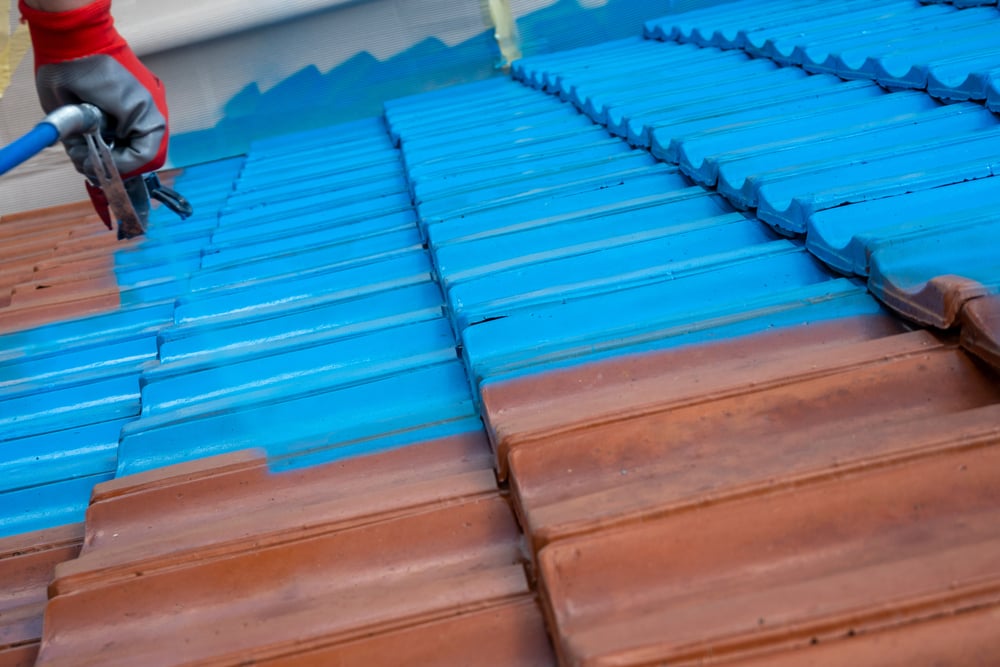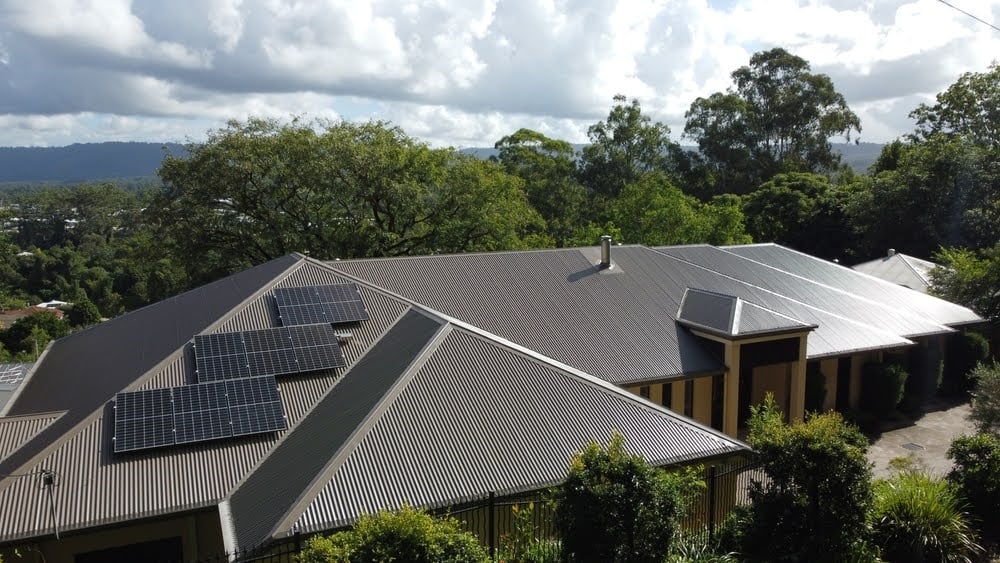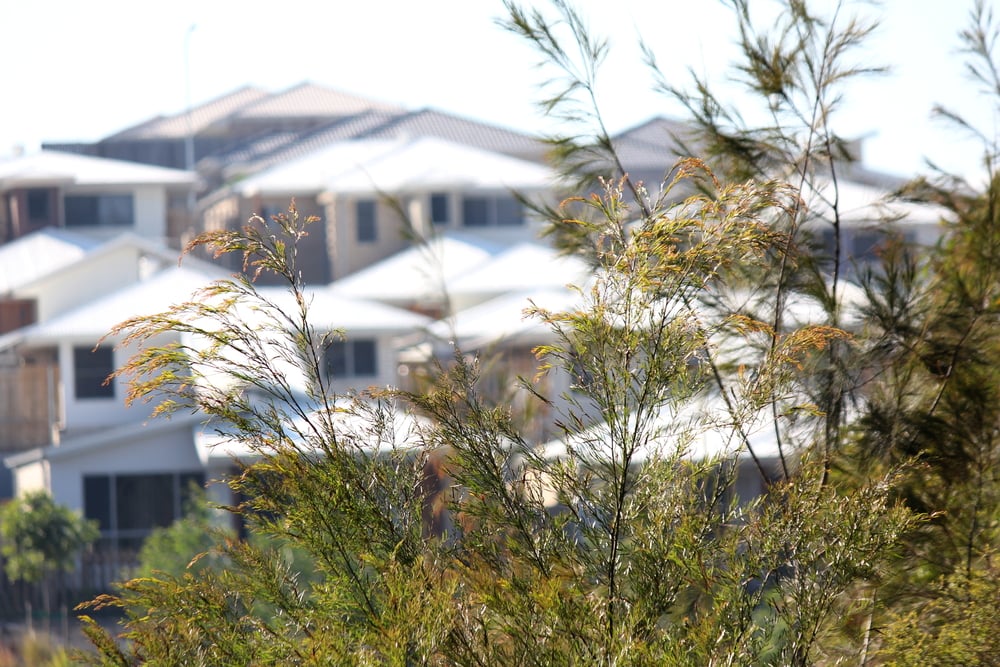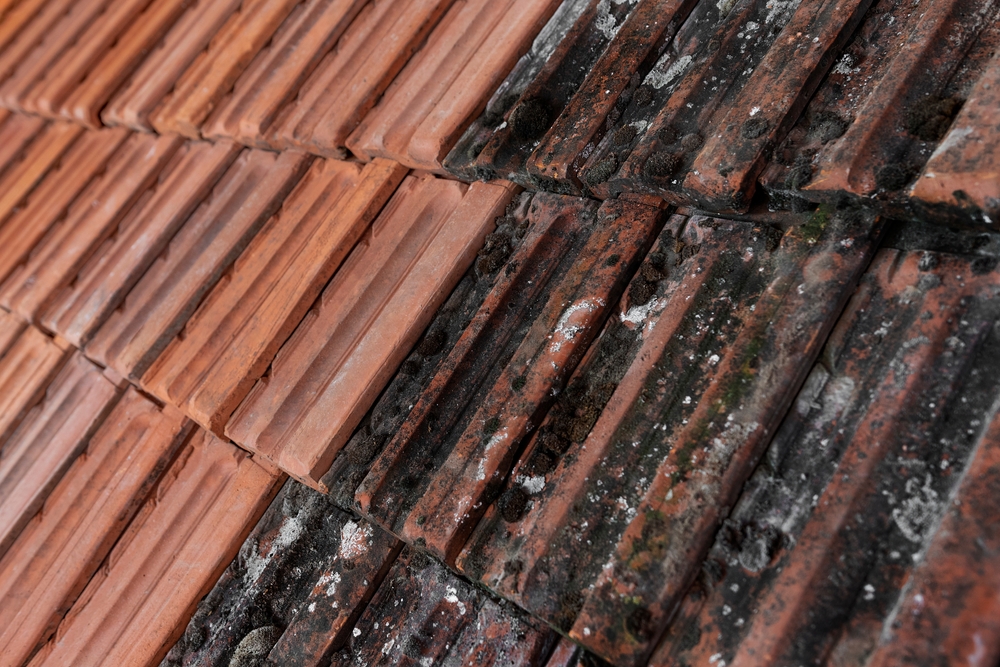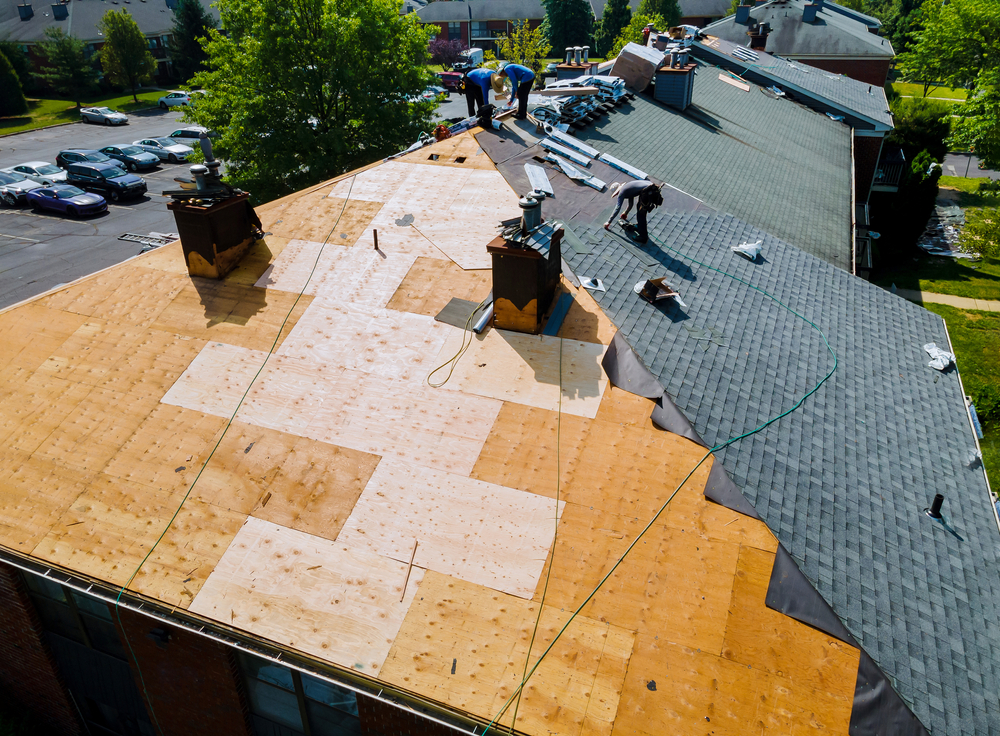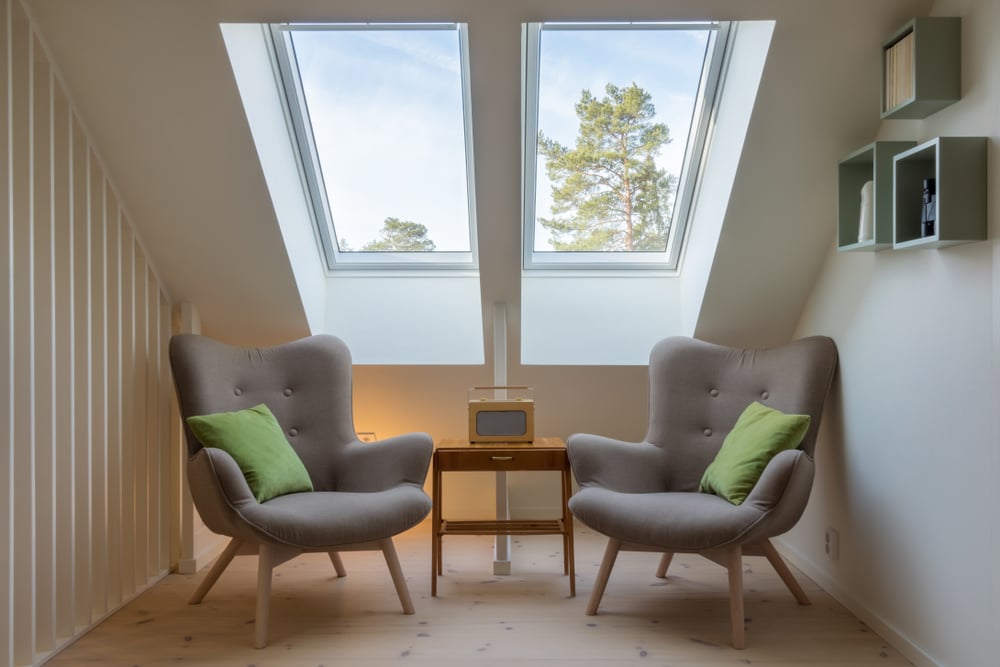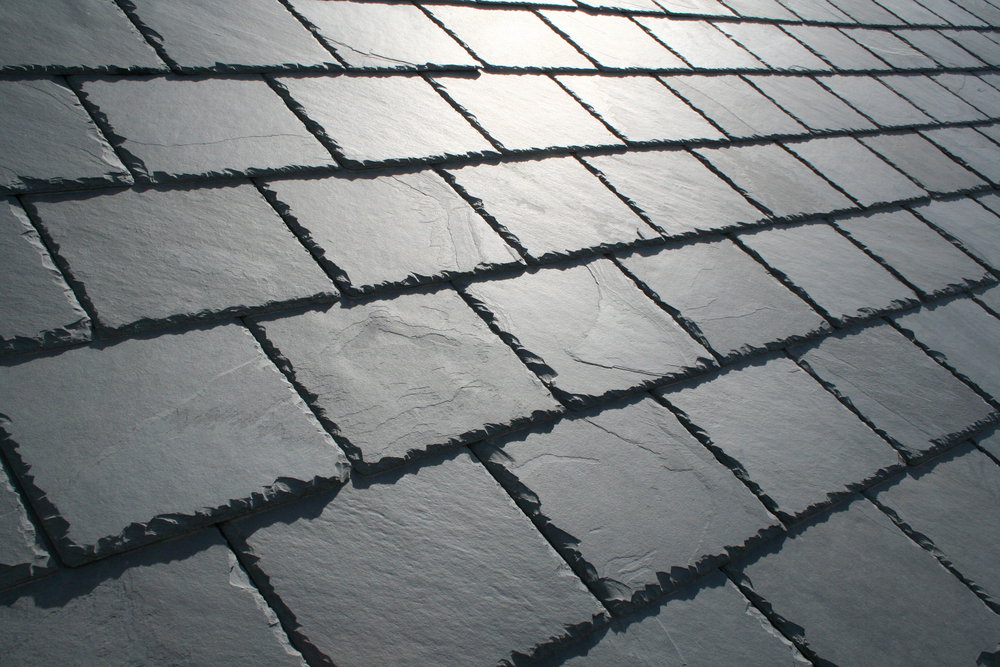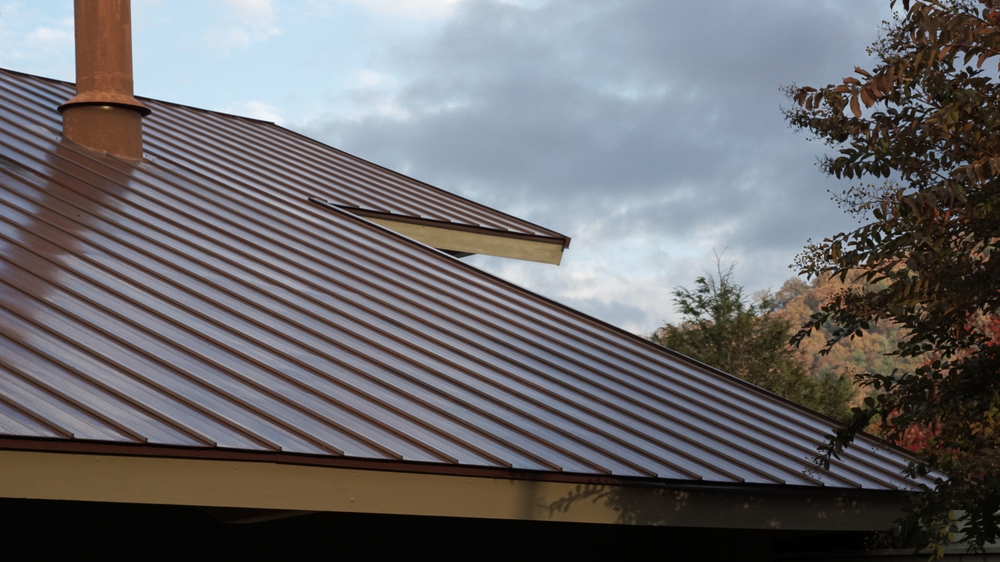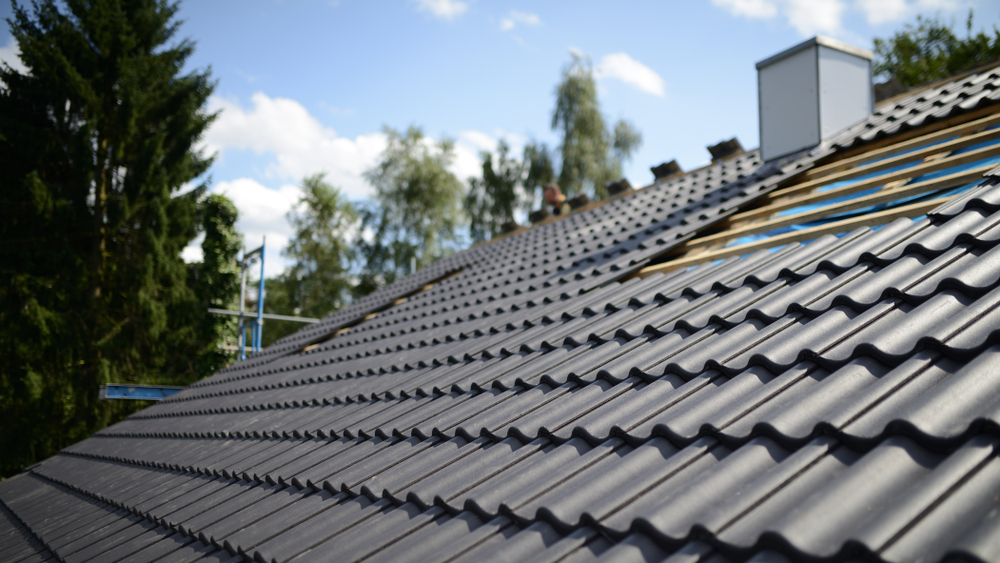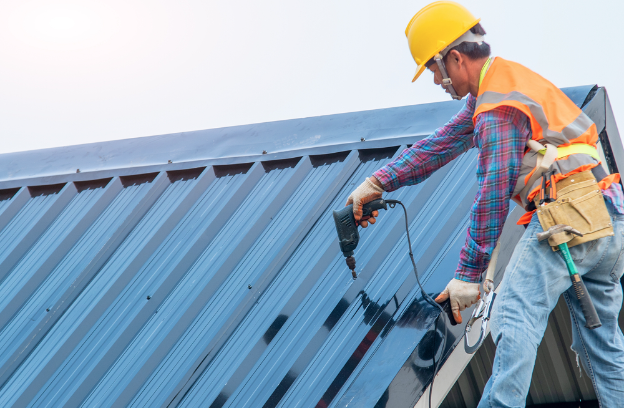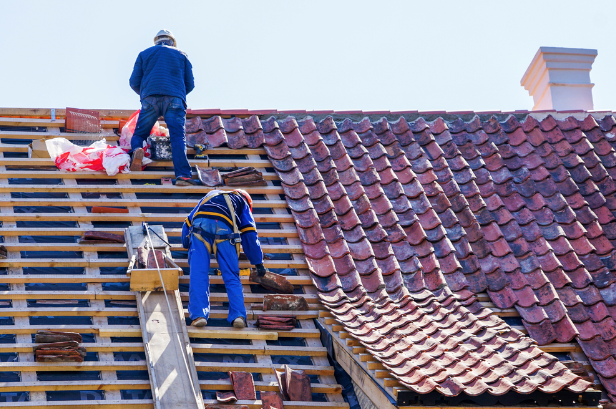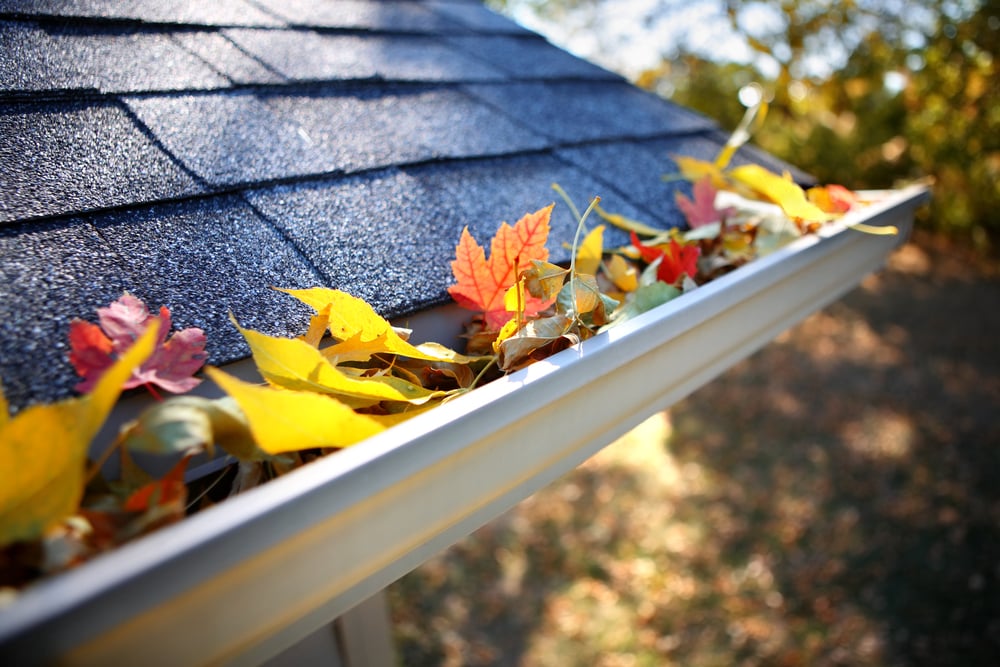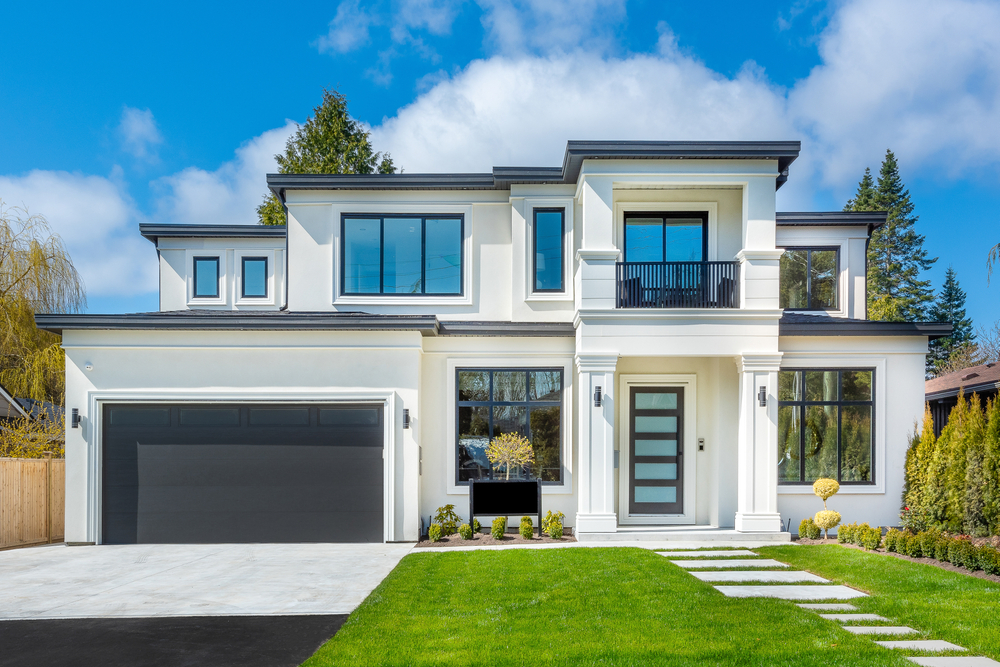
Jul
7 Unique Roof Styles From Around the World
Circular roofs, sloped roofs and all the roofs in between; in this week’s post, we talk about some unique roof styles around the world.
The Angel Roofs of East Anglia
In the late 14th century, English constructional and decorative carpentry had attained a level of sophistication unrivalled in Europe - and Angel Roofs are one of the most impressive and complex examples of this skill. You can find them almost exclusively in churches, and predominantly in East Anglia (Norfolk and Suffolk). Angel roofs come in a range of structural patterns, but whatever the structural form, they are adorned with carved images of angels.
The Framed Gable Roofs of USA
Remember the houses you drew as a child? They probably looked like the classic, symmetrical shaped roofs that are frame gable roofs. The height provides heaps of space for an attic or extra storage space, making it a great, space-efficient option.
The Ultra-modern Inverted Curve Roof
These curved roofs bend up toward the sky. They’re more difficult to build, but a curved roof will definitely set your house apart from the neighbours—and it can lend some subtle shape to the inside ceiling as well.
The French Mansard Roof
This roof style features sides that come down and meet a low pitched roof. Think of the beautiful house featured in the children's TV show Madeline. This style traditionally includes extra living space with dormers inserted along the roof to bring light into the uppermost living area or attic.
The Salt Box Roof
These roofs started appearing when early American Colonials realised they could add space with minimal materials by building a lean-to above an existing gabled roof, creating an asymmetrical design. A saltbox has just one story in the back and two stories in the front. The flat front and central chimney are recognisable features, but the asymmetry of the unequal sides and the long, low rear roofline are the most distinctive features of a saltbox. It takes its name from its resemblance to a wooden lidded box in which salt was once kept.
The Bonnet Roof
This roof features two slopes, the first is at a much steeper angle. It will come down to the dormers, usually, and then slope down again. They’re also called ‘Belcote Roofs’ aka modified hip roofs. The overall look resembles a bonnet, where the lower part provides shade for the sides of the home and the porch (if there is one).
The history of the bonnet roof goes back to the 1700s. People in Germany and Poland built their greenhouses with bonnet style roofs because they would protect plants from bad weather and focus the sun’s rays where they were needed. Also in the 1700s, the bonnet roof became popular because of the Creole architectural influence that shaped the Mississippi River area in the United States of America.
Tongkonan Roofs of Indonesia
These traditional Torajan roofs make houses look like crowned gathering places, and they are the center for social activities in the Torajan culture.
Tongkonan are built on piles and have a distinguishing boat-shaped and oversized saddleback roof. The construction of tongkonan is laborious work and it is usually built with the help of all family members or friends. In the original Toraja society, only nobles had the right to build tongkonan. Commoners lived in smaller and less decorated homes called banua.
Which unique roof style is your favourite? Let us know in the comments below.










